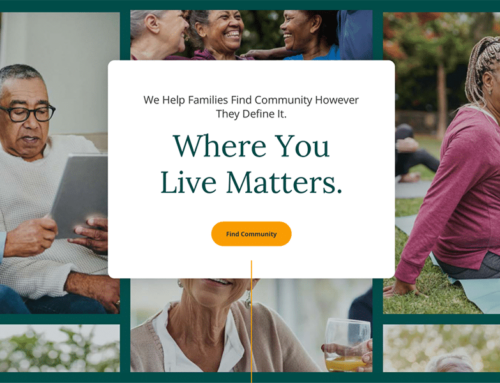Facebook ads principle #3
This principle really applies to marketing in general, but it’s so vital with Facebook ads it needs to be addressed specifically.
On Facebook, you either really need to know the niche you’re trying to communicate with or you need to be running campaigns with the goal of learning about that niche.
Many advertisers obsess over persuasion and conversions, but on Facebook you also have to focus on affinity and connection. Before you can sell, you have to be social.
On Facebook, you want your ads to be part of the conversation, particularly when targeting engagement goals. But you can only really be part of that conversation if you speak in a social tone.
Facebook ads principle #4: Develop Fresh and Creative Ad Variations
Facebook users put demands on you as an advertiser. They expect ads to be personable and interesting. If they’re product-based, they better be about products the person is in the market for.
Your content must also stay fresh. You can’t just create a few ads sets and run them forever. If you do, you’ll run into the problem of ad fatigue. People will tire of seeing the same content from you and they’ll start skipping it. When that happens, Facebook stops showing it.
The user’s attention is the product on Facebook. They don’t charge people to use the platform, so they charge advertisers to get a piece of that attention.
Facebook wants users to come back to the platform (in fact, they prefer that people rarely leave) which involves a couple of basics.
For more tips and tricks on how to take your Instagram profile for your Senior Living Community to the next level reach out to Roche Associates!





